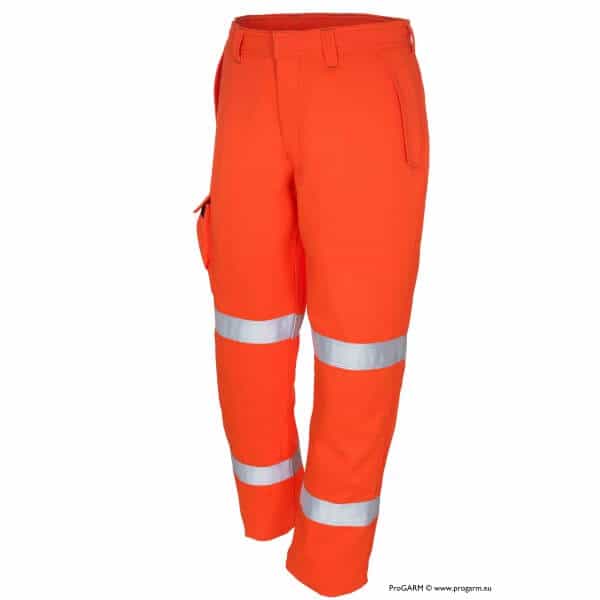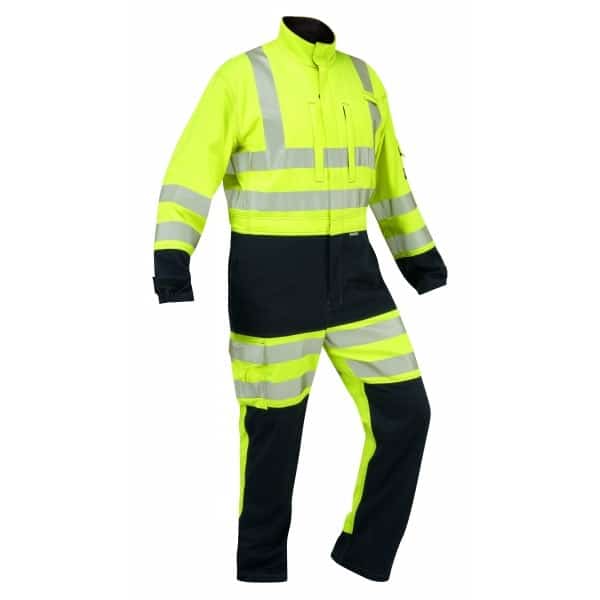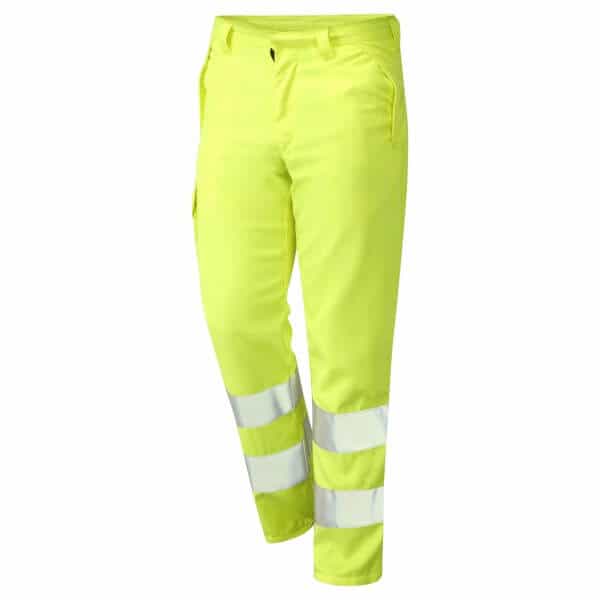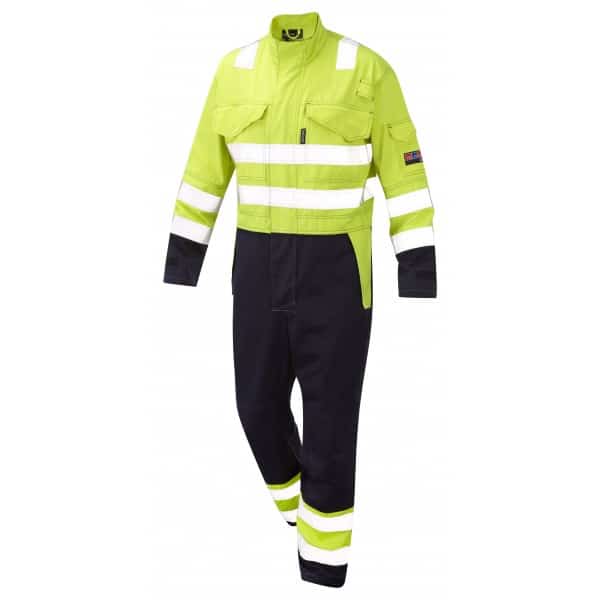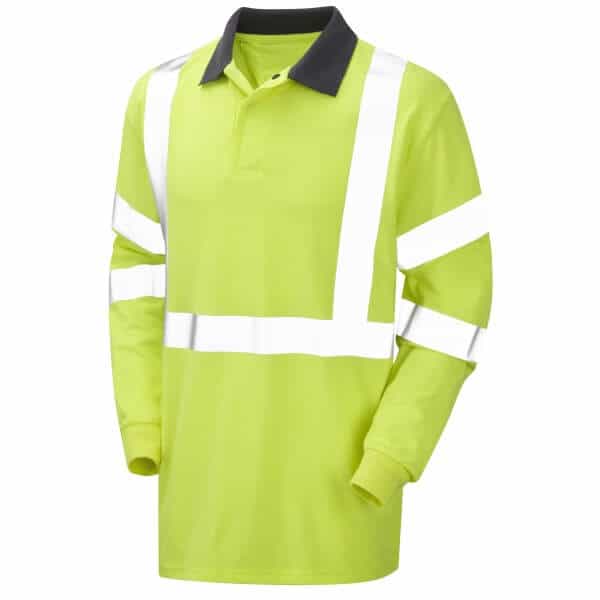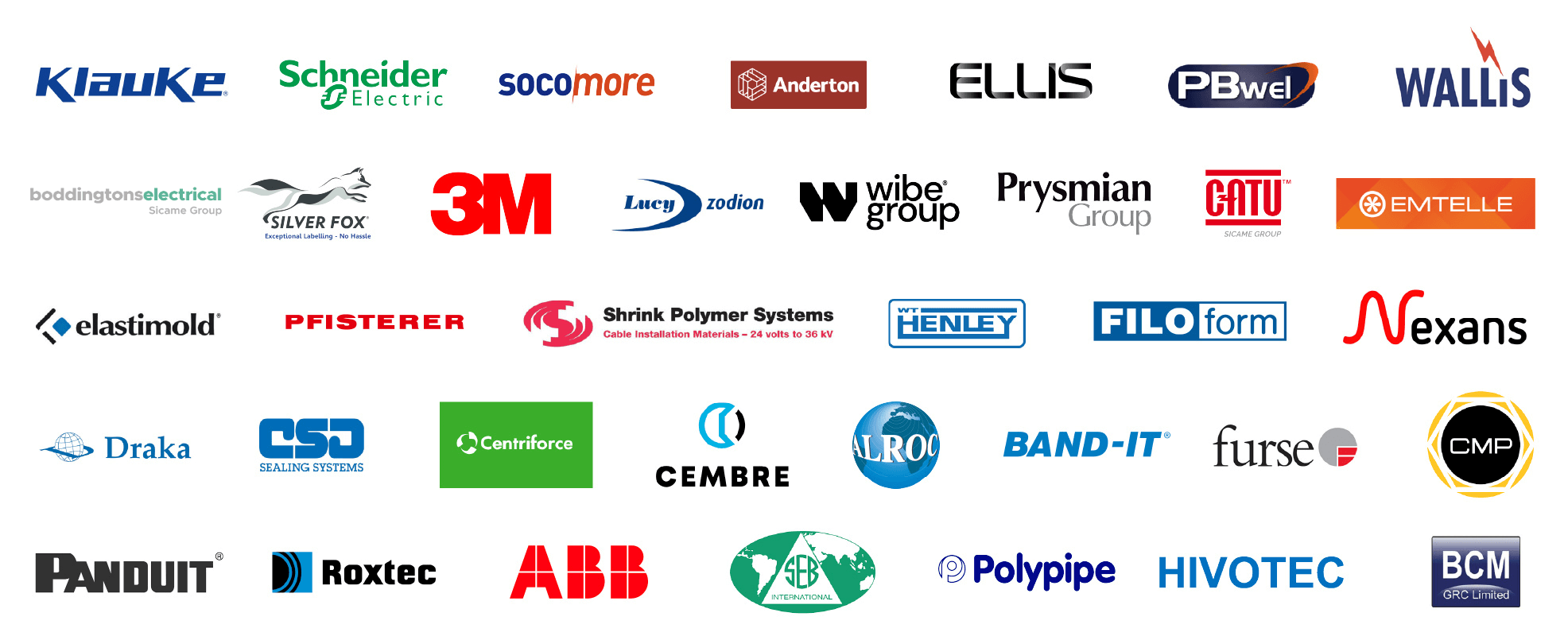The Arc Flash Risk in Electric Metering
Published 30 Jul 2021

“30,000 Arc Flash Incidents per year” Source: ISHN
-
Special thanks to Allan Newbronner Electrical Systems Manager at Horizon Engineering Solutions Ltd for the kind permission to republish this article
Arc Flash Risk
Electric Metering
Across the country, there are millions of electricity meters. The quality of these varies from very modern installations to very old assets. An important fact is that there are certain activities undertaken by a meter operator that can only be conducted ‘LIVE’ and it’s important that if you are responsible for people working with electricity that the inherent arc flash risks are considered and addressed. The primary risk for a meter operative are activities involving the cut-out (service head):
- Fuse carrier withdrawal
- Polarity testing and voltage measurements
- Installation of a shroud
- Checking the tightness of connections within the cutout
- Withdrawal of a shroud
- Re-insertion of the cut-out (service head)
There is an additional risk around metal-clad cut-outs and the opening of the cover. As the cover is conductive if there is a problem with the hinges, or if the cover is in fact unhinged, it can drop and come into contact with energized conductors causing an arc event. A similar risk can exist around multi-way distribution boards if any of the busbar covers are missing. This can’t be established before the opening of the cover of the distribution board.
Law & Legislation
There have been a number of life-changing injuries to meter operators/engineers with engineers being hospitalized for lengthy periods of time with repeated skin grafts being needed on their hands, arms, and face. Typically engineers have not been wearing adequate Arc PPE protection which is required by law in the UK and in many countries around the world.
Electricity at Work Regulation 1989. Regulation 14 Work on or Near Live Conductors; Standard of Duty is Absolute! No person shall be engaged in any work activity on or so near any live conductor (other than one suitably covered with insulating material to prevent danger) that danger may arise unless:
(a) it is unreasonable in all the circumstances for it to be dead; and
(b) it is reasonable in all the circumstances for him/her to be at work on or near it while it is LIVE; and
(c) suitable precautions (including where necessary the provision of suitable protective equipment) are taken to prevent injury.
Arc Flash In Conclusion
If you have engineers/operators working on or near LIVE or potentially LIVE conductors then it is very likely they are exposed to the risk of an Arc Flash or Electric Shock. Adequately protecting people and the organization is paramount and is your duty under the Law.
Ensuring that understanding the risk and creating meaningful steps to mitigate that risk is something each organization is responsible to carry out.
There are various professional organizations that have dedicated technical team(s) that work through the hierarchy of controls assisting clients in ways to:
1. Eliminate the risk by physically removing the risk
2. Substitute the risk by replacing the hazard
3. Engineering out the risk by isolating people from the hazard
4. Use of administrative controls to change the way people work – Comprehensive Electrical Safety Rules
5. Mandate Correct PPE (Personal Protective Equipment) – Last but not least!
Arc Flash Learning & Resources

Thorne and Derrick are proud to be distributors of ProGARM arc flash coveralls and protection.
We can help – should you require arc flash calculators or advice on the type of clothing and protection available please do not hesitate to contact us.

Thorne & Derrick International supply arc flash clothing and protection equipment including coveralls, gloves, helmets, face shields and general head-to-toe PPE is used to protect against flashover – complete range of insulating matting is also available for worker protection when exposed to energised electrical switchgear and transformers.
Typical applications include LV, HV & EHV cable jointing and terminating, fuse pulling, switchgear commissioning, racking circuit breakers, electrical switching and live working on medium and high voltage electricity networks.
T&D are national distributors LV, MV & HV Cable Installation, Jointing, Substation & Electrical Equipment – we service UK and global businesses involved in cable installations, cable cleating, cable jointing, substation, overhead line and electrical construction at LV, 11kV, 33kV and EHV.
Since 1985, T&D have established an international reputation based on SERVICE | INTEGRITY | TRUST.



